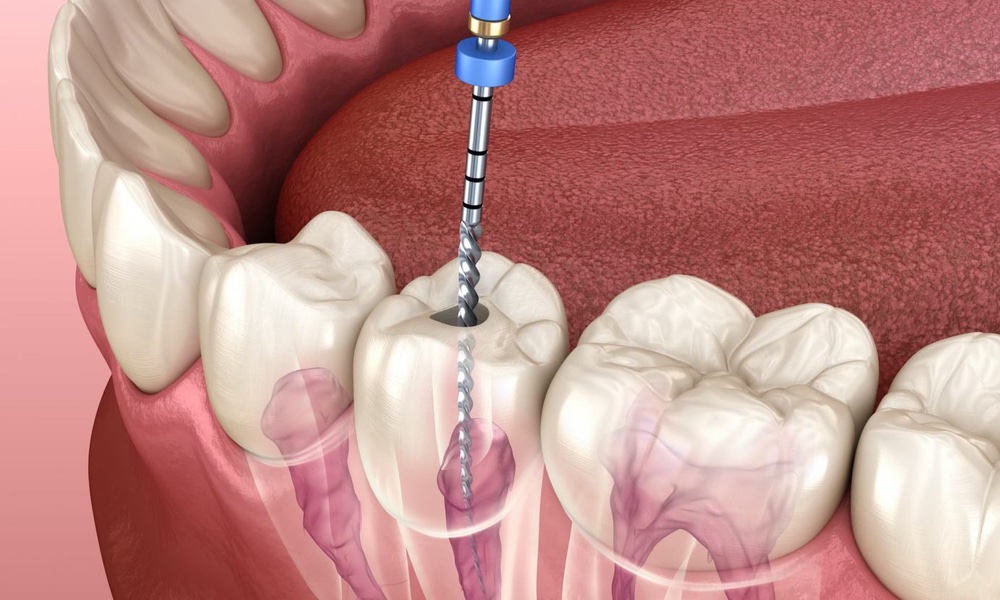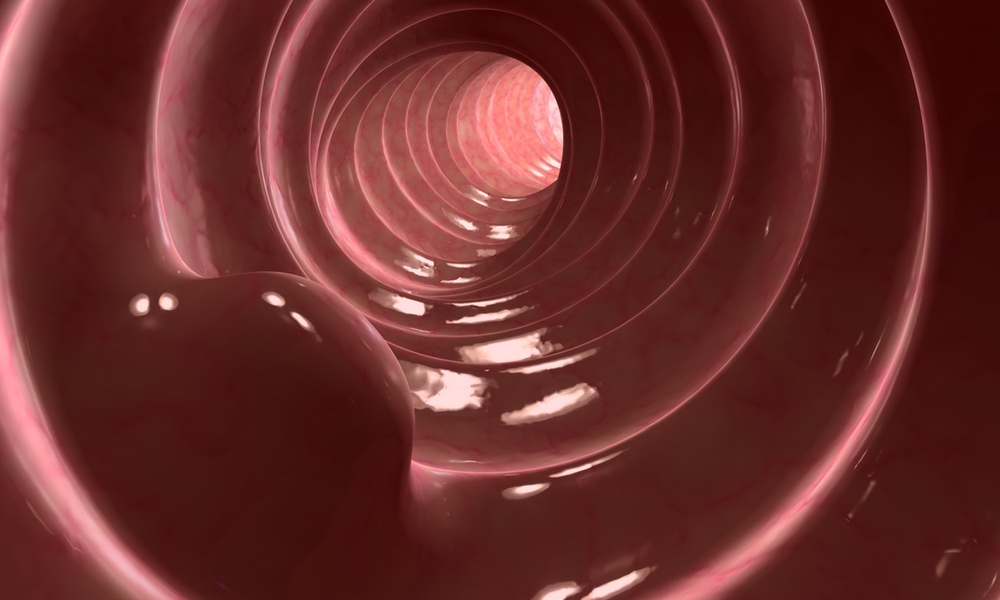Experts have long wondered why testicular cancer survivors like seven-time Tour de France winner Lance Armstrong do so much better than people with other advanced cancers.
Now, an analysis by researchers from Johns Hopkins University reveals how a simple factor — heat sensitivity — may make testicular cancer cells more susceptible to standard treatments. If they are right, heat also may provide a new weapon against other kinds of cancer as well.
"If we understand how heat may naturally help kill testicular cancer cells, then perhaps we can make it happen in other solid tumors," said Robert Getzenberg, Ph.D., professor and director of urology research at Johns Hopkins. "More than 80 percent of men with widespread testicular cancer can achieve a cure. In other cancers, the cure rate is far less."
Armstrong's tumor, like those of all primary testicular cancer, began in the testes, which are kept a few degrees cooler than the rest of the body to keep heat-sensitive sperm safe. When his cancer cells spread into warmer regions of the body, the Hopkins scientists believe the temperature boost weakened protein scaffolding within the cancer cell's nucleus, making the nuclear DNA more vulnerable to chemotherapy and radiation.
"Heat is at the center of many cellular changes," according to Donald Coffey, Ph.D., who is a professor of Urology, Oncology, Pathology, and Pharmacology and Molecular Sciences at Johns Hopkins. "It drives everything from reproduction to fighting infection, and now we'd like to harness its power to fight cancer." Scientists know that fevers accompanying infections sometimes improve the outcome for cancer patients, but until now, Coffey said, they "haven't connected precisely how heat affects the scaffolding and might be one of the reasons treatment can cure tumors such as Lance Armstrong's."
Heat therapy is already used in a handful of cancer centers around the country, and has been applied for thousands of years as an ancient cure-all for ailments ranging from back pain to arthritis. Although people flock to hot baths and springs to immerse their entire body, the Hopkins trio believes that selectively heating cancer cells may be more effective.
To direct heat only to cancer cells, the researchers are investigating the use of nanoparticles that are attracted to the surface proteins of cancer cells. Once the nanoparticle finds the correct "address" of the cancer cell, it slips through the cell's surface and heats the cell from the inside out after exposure to a magnetic field.




